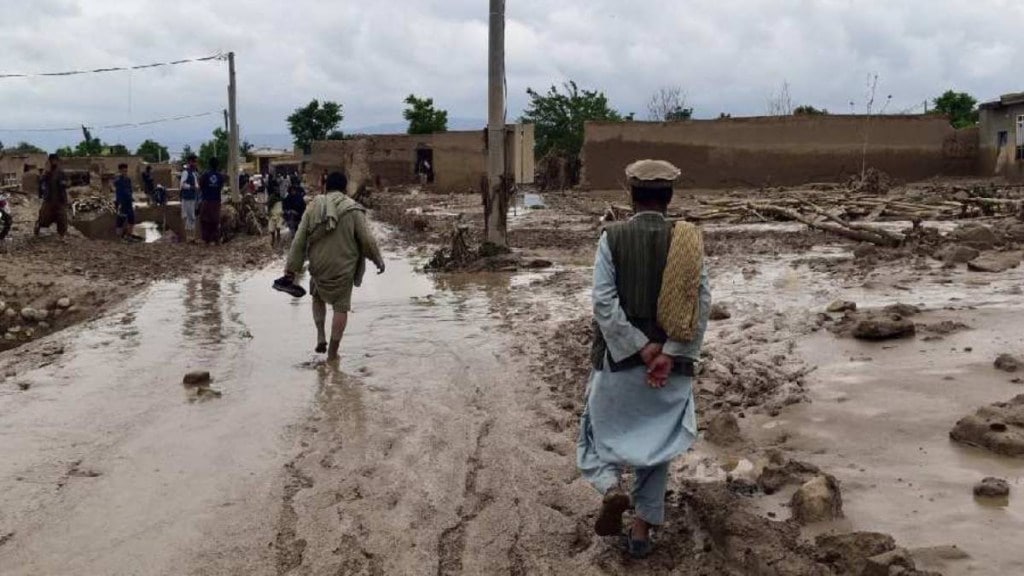The death toll from flooding in northern Afghanistan surged to 315, with over 1,600 people injured, according to the Taliban-run ministry for refugees on Sunday.
The refugee ministry cited figures from Baghlan province, where thousands of homes were damaged, and livestock perished. Humanitarian organisations noted extensive damage to healthcare facilities and essential infrastructure like water.
Afghanistan, prone to natural disasters, faces exacerbated risks due to climate change, identified by the United Nations as among the most vulnerable nations. The Taliban’s control since 2021, following the withdrawal of foreign forces, led to an aid shortfall, impacting vital services. Development aid, crucial for government finances, diminished, while condemnation of Taliban policies, particularly regarding Afghan women, further restricted aid flow.
According to Reuters, Economy Minister Din Mohammad Hanif urged the U.N., humanitarian agencies, and private sectors to provide aid for flood-affected areas. The plea underscores the urgent need for international support amid Afghanistan’s mounting challenges.
Taliban launches evacuation operations
In neighbouring Takhar province, floods wreaked havoc, resulting in a confirmed death toll of at least 20, as reported by state-owned media. Taliban spokesperson Zabihullah Mujahid highlighted Badakhshan, Baghlan, Ghor, and Herat as the hardest-hit regions, emphasising the widespread devastation and substantial financial losses incurred.
To address the crisis, the Taliban Defense Ministry announced that the country’s air force has launched evacuations in Baghlan, rescuing stranded citizens and transporting the injured to military medical facilities for treatment.
(With AP/Reuters input)

